- عنوان کتاب: Industrial Artificial Intelligence Technologies and Applications
- نویسنده: ABBAS JAMALIPOUR
- حوزه: هوش مصنوعی صنعتی
- سال انتشار: 2022
- تعداد صفحه: 244
- زبان اصلی: انگلیسی
- نوع فایل: pdf
- حجم فایل: 0.95 مگابایت
دیجیتالیسازی و صنعت 5.0 با استقرار بسیاری از حسگرها/محرکها، محاسبات لبه و دستگاههای IIoT و تشکیل شبکههای هوشمند ماشینهای مشارکتی که قادر به جمعآوری، تجمیع و پردازش هوشمند دادهها در لبه شبکه هستند، نحوه عملکرد تأسیسات تولیدی را تغییر میدهند. با توجه به حجم گسترده داده های تولید شده توسط دستگاه های IIoT، محاسبات در لبه مورد نیاز است. در این زمینه، محاسبات لبه نقش مهمی ایفا می کند – لبه باید منابع محاسباتی را برای هوشمندی لبه با در نظر گرفتن قابلیت اطمینان، مدیریت داده ها و تدارک تجمیع فراهم کند. هوش لبه – برای مثال، فناوریهای هوش مصنوعی با محاسبات لبه برای آموزش/یادگیری، آزمایش، یا استنتاج – برای برنامههای کاربردی IIoT برای ساخت مدلهایی ضروری است که میتوانند از مقدار زیادی دادههای انباشته یاد بگیرند. محاسبات لبه یک الگوی محاسباتی توزیع شده است که محاسبات و ذخیره سازی داده ها را به مکان دستگاه نزدیک می کند. الگوریتم های هوش مصنوعی داده های ایجاد شده روی دستگاه را با یا بدون اتصال به اینترنت پردازش می کنند. این الگوریتمهای جدید مبتنی بر هوش مصنوعی به دادهها اجازه میدهند ظرف چند میلیثانیه پردازش شوند و بازخورد بلادرنگ ارائه دهند. مدلهای هوش مصنوعی بدون نیاز به اتصال ابری و بدون مشکلات مربوط به تأخیر دادهها بر روی خود دستگاهها کار میکنند، که منجر به پردازش دادهها و پشتیبانی از موارد استفاده که نیاز به استنباط بلادرنگ دارند، بسیار سریعتر میشود. چالشهای عمده در دستیابی به این پتانسیل به دلیل پیچیدگی ذاتی طراحی و استقرار الگوریتمها و معماریهای هوش مصنوعی لبه کارآمد، پیچیدگی تغییرات پیچیده در معماری شبکههای عصبی، و قابلیتهای پردازش محدود زیربنایی شتابدهندههای هوش مصنوعی لبه باقی میماند. هوش مصنوعی لبههای صنعتی میتواند بر روی پلتفرمهای سختافزاری مختلف، از میکروکنترلرهای معمولی (MCU) تا دستگاههای پردازش عصبی پیشرفته، اجرا شود. دستگاه های متصل به هوش مصنوعی لبه IIoT از الگوریتم های تعبیه شده برای نظارت بر رفتار دستگاه و جمع آوری و پردازش داده های دستگاه استفاده می کنند. دستگاه ها تصمیم می گیرند، به طور خودکار مشکلات را تصحیح می کنند و عملکرد آینده را پیش بینی می کنند.
Digitalisation and Industry 5.0 are changing how manufacturing facilities operate by deploying many sensors/actuators, edge computing, and IIoT devices and forming intelligent networks of collaborative machines that are able to collect, aggregate, and intelligently process data at a network’s edge. Given the vast amount of data produced by IIoT devices, computing at the edge is required. In this context, edge computing plays an important role – the edge should provide computing resources for edge intelligence with dependability, data management, and aggregation provision in mind. Edge intelligence – for example, AI technologies with edge computing for training/learning, testing, or inference – is essential for IIoT applications to build models that can learn from a large amount of aggregated data. Edge computing is a distributed computing paradigm that brings computation and data storage closer to a device’s location. AI algorithms process the data created on a device with or without an internet connection. These new AI-based algorithms allow data to be processed within a few milliseconds, providing real-time feedback. The AI models operate on the devices themselves without the need for a cloud connection and without the problems associated with data latency, which results in much faster data processing and support for use cases that require real-time inferencing. Major challenges remain in achieving this potential due to the inherent complexity of designing and deploying energy-efficient edge AI algorithms and architectures, the intricacy of complex variations in neural network architectures, and the underlying limited processing capabilities of edge AI accelerators. Industrial-edge AI can run on various hardware platforms, from ordinary microcontrollers (MCUs) to advanced neural processing devices. IIoT edge AI-connected devices use embedded algorithms to monitor device behaviour and collect and process device data. Devices make decisions, automatically correct problems, and predict future performance.
این کتاب را میتوانید بصورت رایگان از لینک زیر دانلود نمایید.
Download: Industrial Artificial Intelligence Technologies and Applications





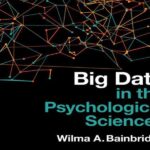


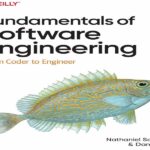

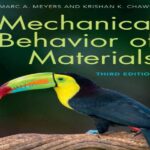
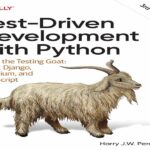

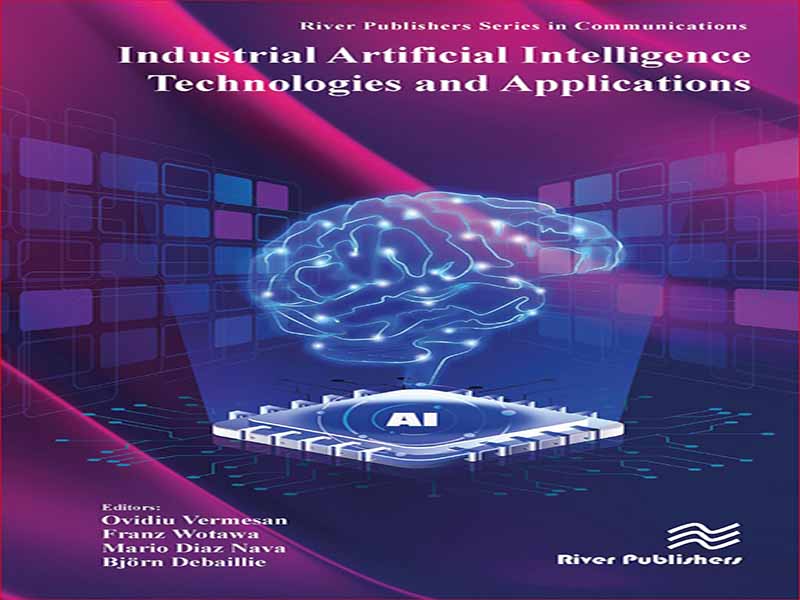





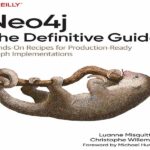

















نظرات کاربران